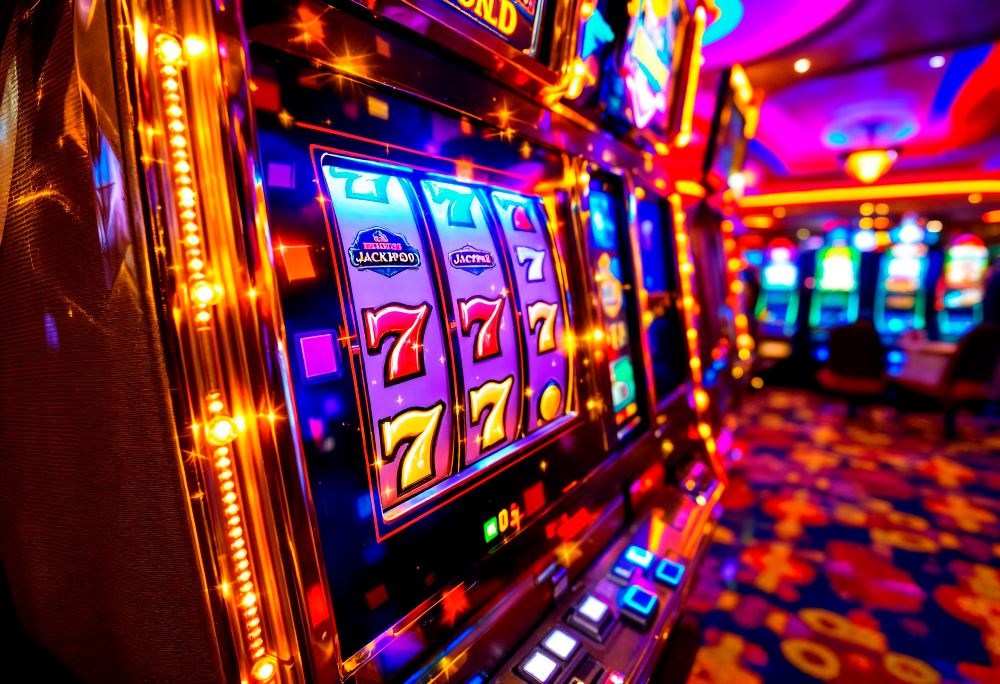Understanding RTP in an online casino is essential for making informed decisions when playing slot games. The Return to Player percentage helps determine how much a game pays back over time. Knowing how RTP works allows players to maximize their chances of securing consistent winnings.
What Does RTP Mean in an Online Casino?
RTP stands for Return to Player, representing the percentage of wagered money a slot game pays back. Online casino slots with higher RTP percentages offer better long-term returns for players. This figure is calculated over thousands of spins, ensuring a fair estimation of payout potential.
How RTP is Calculated in Online Casino Slots

Every online casino slot game relies on complex mathematical algorithms to determine its Return to Player (RTP) percentage. These algorithms simulate millions—sometimes even billions—of spins to calculate the average amount a game will pay back over time. The goal is to establish a statistically accurate payout percentage reflecting the expected return for players across many spins.
The RTP calculation considers all possible outcomes, including winning spins, losing spins, and bonus features that affect the total payout potential. Random Number Generators (RNGs) ensure fairness by producing unpredictable results on every spin. Because of this randomness, short-term results can vary drastically from the expected RTP, meaning players might experience streaks of wins or losses that deviate from the theoretical return.
While RTP provides a general expectation of a game’s payout performance, it does not guarantee how much a player will win or lose in a single session. It is best viewed as a long-term average rather than an immediate predictor of results. This is why understanding RTP and volatility is essential for managing bankrolls and setting realistic expectations while playing online casino slots.
The Difference Between High and Low RTP Slots
High RTP slots in an online casino have payout percentages above 96%, increasing the chances of sustained returns. Low RTP slots feature payout rates below 94%, meaning players experience fewer returns over time. Choosing slots with higher RTP improves bankroll longevity and enhances the overall gaming experience.
Why RTP Matters When Choosing an Online Casino Slot
Selecting an online casino slot with a high RTP increases the likelihood of receiving frequent payouts. Players should prioritize RTP when choosing games, as it directly impacts long-term profitability. Comparing RTP percentages helps players identify slots that offer better value for their wagering budget.
RTP vs. Volatility: Understanding the Key Differences
RTP determines how much a slot pays back over time, while volatility affects payout frequency. High-volatility slots may have a high RTP but still result in long-losing streaks. Low-volatility slots with a similar RTP provide frequent wins but in smaller amounts per spin.
How to Find the RTP of an Online Casino Slot Game
Most online casino slot games display RTP percentages in the information section or paytable. Casino review websites and slot providers often publish RTP details, making research easier for players. Always check a game’s RTP before playing to ensure it aligns with your strategy and budget.
Can RTP Guarantee Winnings in an Online Casino?
RTP does not guarantee individual wins, as it is calculated based on long-term play sessions. Short-term results in casino slots can vary significantly due to randomness and volatility factors. Players should manage expectations, knowing that RTP provides an average return over extended gameplay.
Final Thoughts on RTP in Online Casino Slots
Understanding RTP helps players choose casino slot games that align with their preferences and strategies. Always check the RTP before playing to ensure the best possible returns on your wagers. Selecting high RTP slots can increase your chances of enjoying a rewarding gaming experience.



